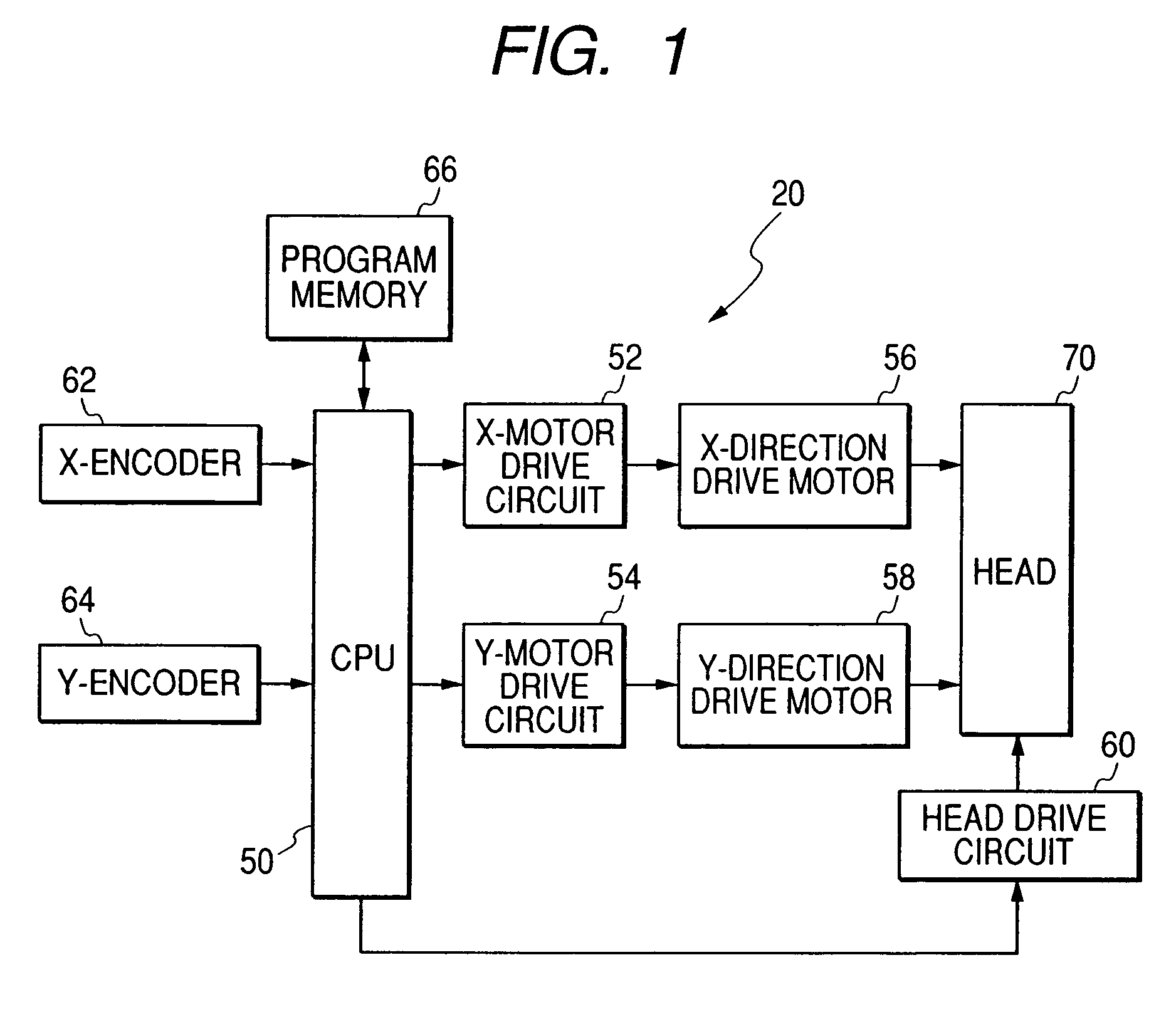Amphiphilic block copolymer, polymer-containing composition containing the same, and method and apparatus for applying liquid using the polymer-containing composition
a polymer-containing composition and amphiphilic block technology, applied in the field of amphiphilic block copolymer, a polymer-containing composition containing the same, and a method and an apparatus for applying liquid using the polymer-containing composition, can solve the problems of insufficient ejection stability of ink compositions, inability to meet the requirements of ink-jet recording properties, etc., to achieve good dispersibility
- Summary
- Abstract
- Description
- Claims
- Application Information
AI Technical Summary
Benefits of technology
Problems solved by technology
Method used
Image
Examples
example 1
Synthesis 1 of Block Copolymer
[0100]Synthesis of triblock copolymer composed of isobutyl vinyl ether (IBVE; block A), 2-(2-methoxyethyloxy)ethyl vinyl ether (block B) and ethyl 4-(2-vinyloxy)ethoxy-benzoate (VEOEtPhCOOEt; block C):
[0101]After the interior of a glass container equipped with a three-way stop-cock was purged with nitrogen, the container was heated to 250° C. under a nitrogen gas atmosphere to remove adsorbed water. After the system was returned to room temperature, 5.5 mmol of IBVE, 16 mmol of ethyl acetate, 0.05 mmol of 1-isobutoxyethyl acetate and 11 ml of toluene were added followed by cooling of the reaction system. At the time the temperature within the system reached 0° C., 0.2 mmol of ethylaluminum sesquichloride (equimolar mixture of diethylaluminum chloride and ethylaluminum dichloride) was added to initiate polymerization. The molecular weight was periodically monitored by means of gel permeation chromatography (GPC) to confirm completion of the polymerizatio...
example 2
[0119]Fifteen parts by mass of each of the block copolymers in the form of a carboxylate obtained in EXAMPLE 1 and 7 parts by mass of Oil Blue N (C.I. Solvent Blue 14, product of Aldrich Co.) were both dissolved in 150 parts by mass of dimethylformamide, and the resultant solution was inverted into a water phase with 400 parts by mass of distilled water to obtain an ink composition. Even when the respective ink compositions thus obtained were left to stand for 10 days, Oil Blue neither separated nor precipitated.
example 3
[0120]Fifteen parts by mass of each of the block copolymers in the form of a carboxylate obtained in Syntheses 1 to 8 of EXAMPLE 1 and 6 parts by mass of a cyan copper phthalocyanine pigment (product of Toyo Ink Mfg. Co., Ltd.) were both dissolved in 90 parts by mass of dimethylformamide, and the resultant solution was inverted into a water phase with 500 parts by mass of distilled water. Coarse particles were then removed there from by a membrane filter having a pore size of 2 μm, followed by addition of 13 parts by mass of glycerol and 12 parts by mass of ethylene glycol to obtain ink compositions.
[0121]The composition prepared with the block copolymer according to Synthesis 1 was observed through a clear transfer transmission type electron microscope. As a result, only spherical capsule-like particles were observed. It was thus found that all the pigment was included. Printing was conducted with the ink composition separately prepared with the block copolymers according to Synthe...
PUM
| Property | Measurement | Unit |
|---|---|---|
| glass transition temperature Tg | aaaaa | aaaaa |
| glass transition temperature Tg | aaaaa | aaaaa |
| glass transition temperature Tg | aaaaa | aaaaa |
Abstract
Description
Claims
Application Information
 Login to View More
Login to View More - R&D
- Intellectual Property
- Life Sciences
- Materials
- Tech Scout
- Unparalleled Data Quality
- Higher Quality Content
- 60% Fewer Hallucinations
Browse by: Latest US Patents, China's latest patents, Technical Efficacy Thesaurus, Application Domain, Technology Topic, Popular Technical Reports.
© 2025 PatSnap. All rights reserved.Legal|Privacy policy|Modern Slavery Act Transparency Statement|Sitemap|About US| Contact US: help@patsnap.com



